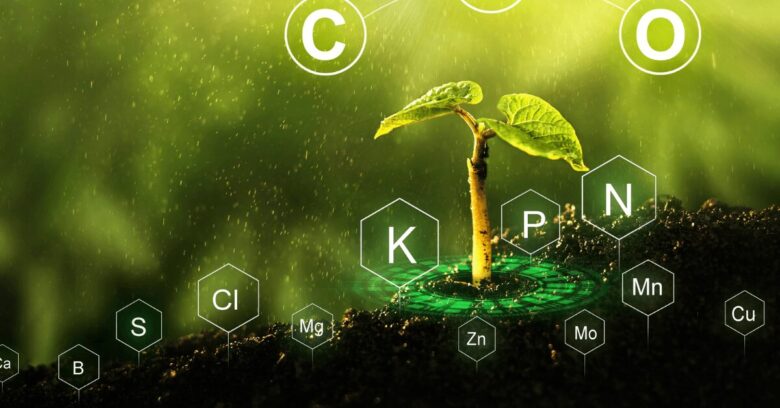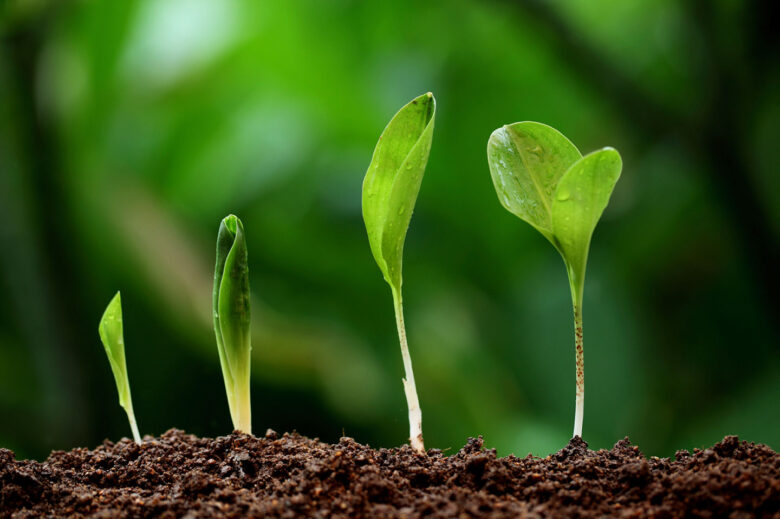Plant growth regulators mimic the phytohormones that plants create to control their growth patterns. These regulators can be naturally occurring or synthetically made. Phytohormones regulate all aspects of plant growth, such as plant height, seed development, flowering, fruiting, and root and shoot development.
Common examples of plant growth regulators include chemicals such as auxins, cytokinins, gibberellins, ethylene, and abscisic acids. These chemicals all control specific aspects of plant growth. Combining chemicals can create the perfect environment for your lawn based on your current conditions.
If you need to find more information about Primo Maxx, you can visit the site.
Growth Regulators

Plant growth regulators do just as their name implies; they slow and control the growth of plants. When used with other Biostimulants and fertilizers, they become essential to producing a golf course quality lawn. Applications are helpful in retarding plant growth to eliminate frequent mowing and trimming in areas that would typically be high maintenance.
Less maintenance reduces the overall cost of maintaining your lawn, resulting in significant savings for labor costs and materials such as water and fertilizers. Proper use of these chemicals will result in your lawn’s lateral growth, resulting in a denser, more plush appearance.
Root & Shoot Structure
Using plant growth regulators causes the root structure of grass to become denser and deeper into the soil. This helps to keep weeds from taking root in your lawn because there is no room for them to expand. Grow and steal nutrients from your plants. It also encourages new shoots to grow in the spaces between. While your lawn continues to fill in and grow outward, the plant growth regulator will slow the growth of your grass blades. This helps to cut down on the amount of mowing and edging required to keep your lawn pristine.
Water Retention

Plant growth regulators help produce an environment for your lawn to survive drought-like conditions. Dense and deep root systems work to pull water from deep below the surface. A plush lawn will help to insulate roots from the heat of the sun’s rays, helping your soil to maintain moisture levels. Protecting the soil and root system is a great way to reduce stressors that affect your lawn’s growth performance.
Over time, reducing the amount of regular watering needed to maintain your lawn will help to acclimate your yard to your current environment. Natural grass types will thrive in this environment, and imported grasses will fare better against the environment.
Common Regulators
Auxins induce callus and directly affect how cells develop their root and shoot structures. They induce the growth of auxiliary buds and fruits and stimulate cell growth. They are more helpful to plants when paired with cytokinins.
Cytokinins stimulate cell division and cause dormant buds to wake up. They promote chlorophyll synthesis and lead expansion. This helps your lawn fill the sparse spaces and promote a rich green color.
Gibberellins can slow down root, shoot, and embryo growth. While this is happening, they promote stem elongation and flowering. This is especially useful when treating flowering plants and fruit trees.
Abscisic acid will help increase your plants’ tolerance to freezing temperatures. Opposite to gibberellins, it will slow stem elongation and promote seed and bud dormancy.
Ethylene naturally occurs in all plants. It is less likely to be used as an additional element for lawn care, but depending on when it is applied to your plants, it can stimulate or inhibit growth.
Seasonal Grasses

A great benefit of plant growth regulators is that they can be used on a wide variety of grasses. There are both cool and warm season types of grass, each with climate and temperature requirements in which it thrives. Plant growth regulators can often be used on both types of grass.
Warm season grasses, such as Buffalograss, Bermudagrass, and St. Augustine Grass, all thrive and have accelerated growth in warm climates. Cool season grasses such as Bentgrass, Kentucky Blue Grass, and Ryegrass prefer cooler temperatures and aren’t as drought tolerant as warm season grasses. Depending on the grass species and your particular climate, you may need a combination of fertilizers and growth regulators to achieve the perfect golf course lawn.
Applications
Plant growth regulators are often applied to lawns and plants as a liquid. Any brand you choose to go with will provide a mixing and application chart, often based on region and plant species. It is important to follow the package instructions very closely. When it comes to adjusting the chemical balance of your lawn, it is increasingly important to keep track of how often you’re treating it. Too much of any chemical can negatively affect your lawn, ranging from minor problems such as overgrowth to significant issues such as chemical burns and weakened root systems.
Achieving Best Results

To achieve the best results in a picturesque lawn, it is essential to remember that there is no such thing as a one-time fix-all cure for your grass. Before applying a plant growth regulator, you should have a good idea of your lawn’s condition and what needs to be done. This may involve actions such as soil analysis, discerning plant species, targeting and removing pestering weeds, and setting up a seasonal schedule for fertilization and other treatments.
Once you have determined a suitable fertilizer or biostimulant concoction, these treatments should be applied to your lawn to help feed your grass and process plant growth regulators. Plant growth regularities work best as a foliar spray, applied directly to the leaves, and should not be disturbed for a couple of days after applying. You should apply your regulators and abstain from mowing or edging your lawn for a few days.
Regulating Perfection
When using plant growth regulators, treatments should be regularly scheduled, and you should closely monitor your lawn’s response. Depending on how your lawn’s needs have previously been met, you may need to do a lot of work initially. Do your research and take things one step at a time. Taking the time to care for your yard, from the root to the tip, promotes those deep green, plush lawns.

